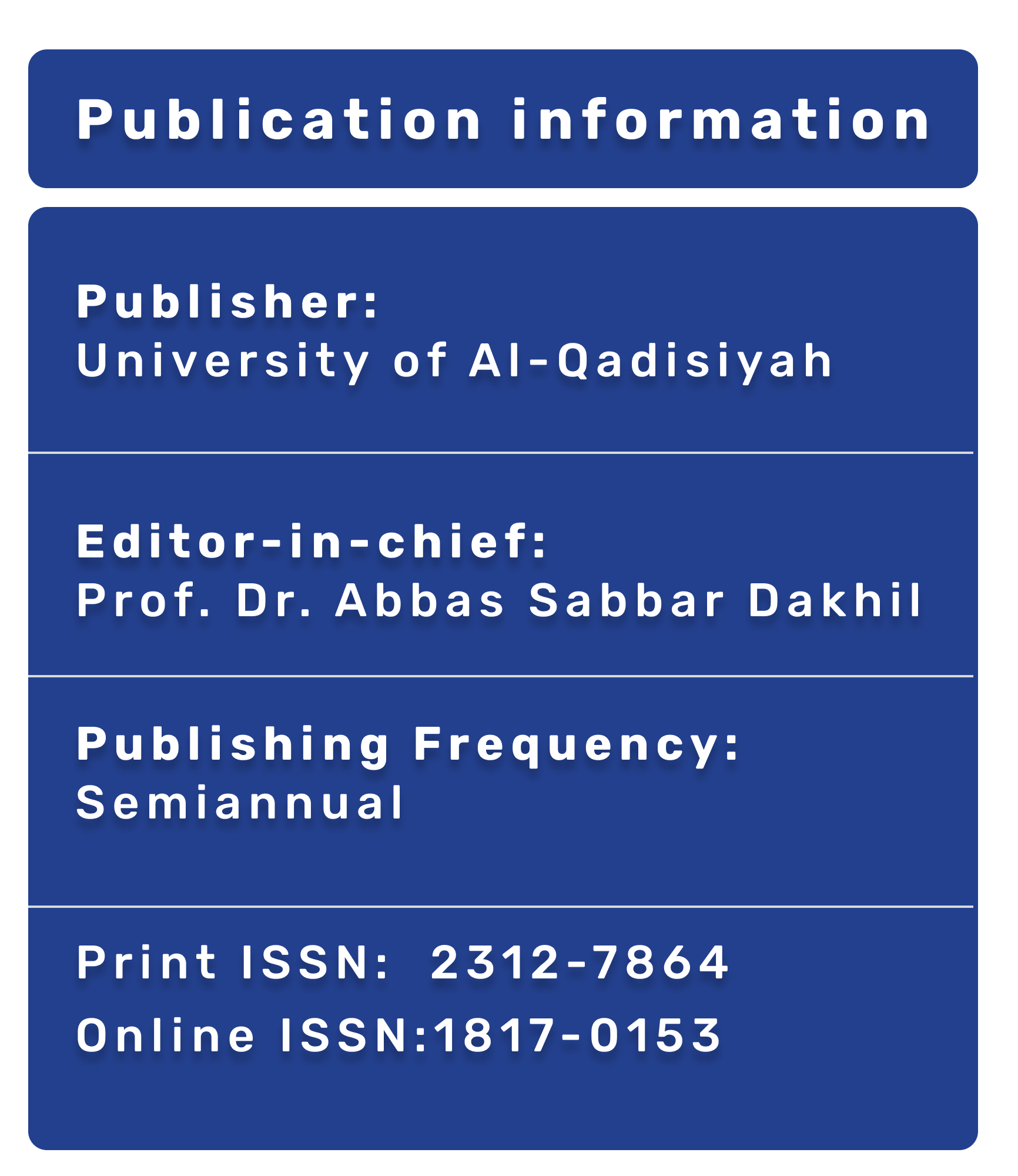Most read articles by the same author(s)
- Ali M. Jasim, Baqur A. Sultan, Kareem T. Mashkour, Competitive Inhibition Relationship Between Erythropoietin And Interferon-Gamma In Renal Failure Anemia. , AL-QADISIYAH MEDICAL JOURNAL : Vol. 5 No. 8 (2009)
- Ja'afar K. Nama, Yuniss A. Al-Khfaji, SAIF J. Yasir, Detection of Anti-rubella Virus IgM and IgG in Aborative Pregnant Women in Al-Qadisiya Governorate , AL-QADISIYAH MEDICAL JOURNAL : Vol. 5 No. 7 (2009)








